Understanding the Copenhagen Can: How It’s Made and Why It Matters in the Smokeless Tobacco Industry
The Copenhagen can has become synonymous with moist snuff and dip products, serving not only as a container but also as a critical element of product preservation, regulatory compliance, and brand storytelling. For manufacturers, distributors, and brand owners operating in the smokeless tobacco space, understanding this packaging format can unlock both operational efficiency and strategic differentiation.
This guide takes a comprehensive look at Copenhagen cans—from the materials and manufacturing processes behind them to their significance in product quality and consumer experience. Whether you’re sourcing dip cans in bulk or customizing packaging for your next tobacco line, this overview will serve as a practical reference.
What Is a Copenhagen Can and Why Does It Matter?
The Copenhagen can refers to the round, compact packaging widely used for smokeless tobacco products. Its structure, typically composed of either plastic or metal, ensures product freshness, consumer portability, and brand visibility at point of sale. Beyond utility, it reinforces product identity, especially for legacy brands or premium-positioned items.
For B2B buyers and brand developers, choosing the right can format can influence production cost, shelf life, environmental impact, and even regulatory perception in key markets.
Material Types: Plastic vs. Metal Copenhagen Cans
The choice between plastic and metal significantly impacts manufacturing logistics, environmental footprint, and consumer appeal.
Plastic Cans
-
Materials Used: High-density polyethylene (HDPE) or polypropylene (PP)
-
Benefits: Lightweight, low-cost, easier to mass-produce; suitable for embossed or printed branding
-
Application: Common in mainstream snuff and dip product lines due to affordability
Metal Cans
-
Materials Used: Aluminum or tin
-
Benefits: Durable, premium feel, widely recyclable; conveys a high-end market position
-
Application: Often used in limited editions, premium lines, or eco-conscious offerings
Both formats are food-grade and can be adapted for moisture-sensitive contents. Some brands even deploy hybrid designs—plastic bases with metal lids—to balance cost and aesthetic value.
Copenhagen Can Manufacturing: Step-by-Step Overview
Behind every can is a carefully engineered process to meet functional, regulatory, and branding goals.
1. Material Selection and Preparation
Plastic resins or aluminum sheets are sourced according to product specifications. Food-safety compliance is verified at this stage.
2. Forming and Shaping
-
Plastic cans undergo injection molding, allowing precision control and high-volume output.
-
Metal cans are formed through extrusion or stamping, then coated to resist corrosion and external damage.
3. Branding and Embossing
Logos, text, or texture patterns are integrated into the lid or sidewall—typically through mold tooling (for plastic) or pressure stamping (for metal). This step plays a major role in retail shelf impact.
4. Finishing Treatments
Surface polishing, heat sealing, or protective coatings are applied to enhance the look and extend the can’s life span.
5. Quality Assurance
Dimensional checks, seal tests, and compliance verification ensure consistency before shipment.
6. Bulk Packaging and Delivery
Cans are packed in batches and delivered to snuff or nicotine factories ready for filling, sealing, and labeling.
For access to manufacturers offering end-to-end can production and fulfillment, visit Snufffactory’s wholesale options.
Strategic Role of Copenhagen Cans in Tobacco Product Branding
Packaging does more than preserve freshness—it plays a strategic role in brand storytelling and consumer trust.
-
Product Integrity: Airtight lids help retain moisture and aroma, ensuring the user experience matches brand promises.
-
Portability: Compact sizing makes the cans pocket-friendly, increasing usability for on-the-go consumers.
-
Shelf Differentiation: Embossed or printed designs enhance shelf visibility and brand recall.
-
Sustainability Perception: Recyclable metal options or biodegradable plastics can align your product with environmentally conscious consumers and regulators.
For brands exploring nicotine pouch packaging or liquid nicotine containers, insights from Copenhagen can design can be adapted to enhance performance and perception across multiple product formats.
Plastic vs. Metal: Which Should You Choose?
| Feature | Plastic Cans | Metal Cans |
|---|---|---|
| Unit Cost | Lower | Higher |
| Weight | Light | Heavier |
| Brand Perception | Functional, mass-market | Premium, durable |
| Customization Options | Flexible with color and embossing | Elegant surface treatments |
| Sustainability Score | Varies (recyclable options available) | High (widely recycled aluminum) |
Choose plastic for high-volume, cost-sensitive SKUs. Opt for metal to enhance brand perception, particularly for premium or sustainable product lines.
Frequently Asked Questions (FAQ)
1. Are all Copenhagen cans recyclable?
Most are. Plastic cans made from HDPE or PP can be recycled, as can aluminum cans. Check local recycling standards and confirm material specs with your supplier.
2. Can I order customized cans for my own brand?
Yes. Most manufacturers offer embossing, printing, and color customization for large-volume B2B orders. Explore options at Snufffactory.
3. Do metal cans extend shelf life better than plastic?
Not necessarily. Both can offer excellent protection if sealed properly. Shelf life is more dependent on lid design and storage conditions.
4. Are there hybrid designs combining plastic and metal?
Yes. Some brands use plastic bases with metal lids to balance cost and appearance.
5. How do I source Copenhagen cans for a new product launch?
Partner with experienced manufacturers that specialize in tobacco packaging solutions. Companies like Snufffactory offer scalable, compliant options for startups and legacy brands alike.
Conclusion: Why Packaging Matters More Than Ever
In today’s competitive smokeless tobacco landscape, packaging is no longer an afterthought—it’s a business strategy. The Copenhagen can represents a fusion of functionality, consumer trust, and brand equity. Whether you’re scaling production, entering a new market, or refining your premium line, the right packaging choice will make a measurable difference.
Explore sustainable, customizable, and high-quality options from trusted manufacturers like Snufffactory to position your brand for success in both legacy and emerging markets.


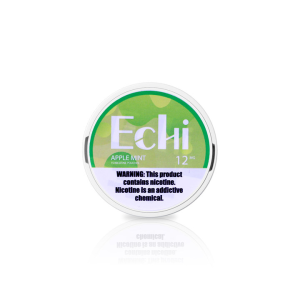
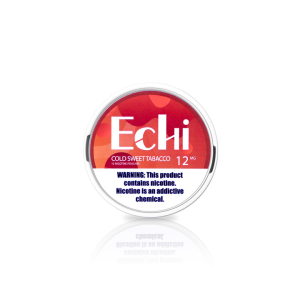

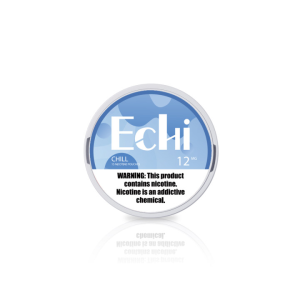
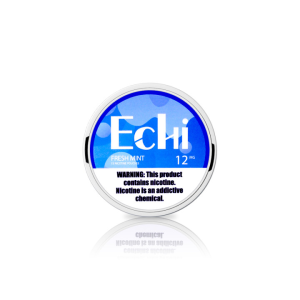
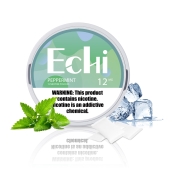


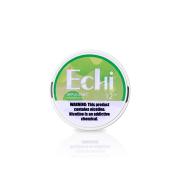
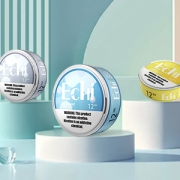

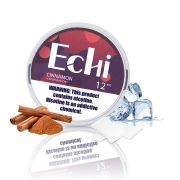



Leave a Reply
Want to join the discussion?Feel free to contribute!